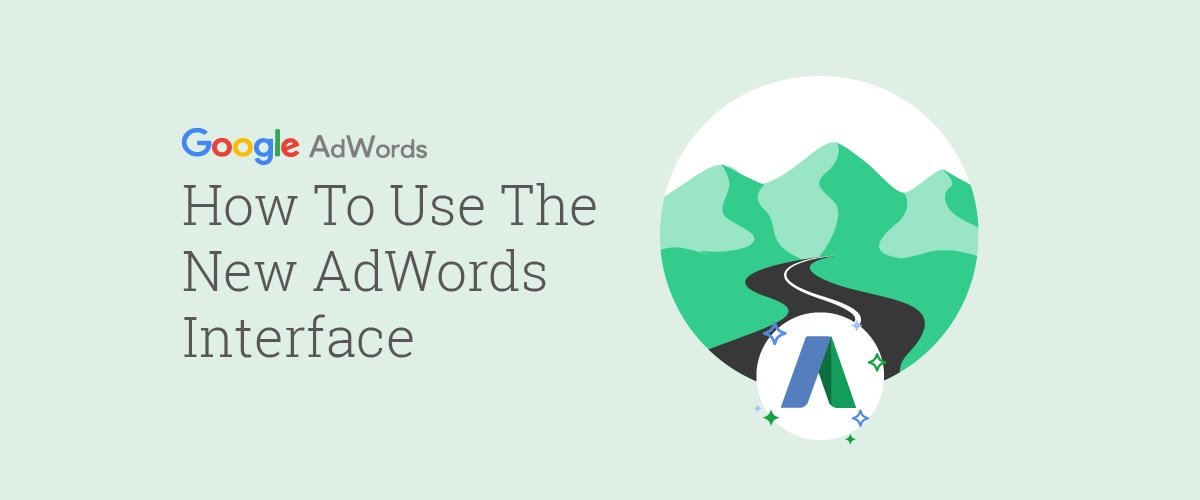Why mobile? Because you’ve heard it: Americans are on the go. In a 2013 study, The Nielsen Company found that around 46% of searchers are searching exclusively on a mobile device. And you’ve probably been one of them, frantically typing in a search for tickets online at the last second or planning a trip while waiting in line at the post office. It’s an easy way to get information, and the perfect time to see an ad that answers your search query–and solves your problem.
If you’re not optimized for mobile marketing, you’re missing out on almost half of the search traffic that you should be fighting for. That’s way too much. Here’s how to get in on the business you’ve been missing.
Adapt Your Website
How can your beautiful, custom-designed website still look great on a three-inch screen? An hour or two looking around online will quickly show you that the halls of the Internet have come a long way since Y2K. Website development is an artform and mobile-responsive platforms must be designed with this specific purpose in mind.
Without proper formatting, websites can be too bulky for the mobile screen. For optimal results, work with a web designer to adapt your website for mobile use. If you don’t want to change your main website, talk to your marketing company about mobile-responsive microsites that can be linked to your Adwords campaign instead.
Ad extensions are a great way to make your contact information and location accessible from the ad itself, making it easier for mobile users to cut to the chase.
Get Above the Fold
Have you ever gone to the second page of Google on your phone to hire a tow truck? Yeah, me neither. Mobile marketing–and all SEM for that matter–is all about getting visibility on the front page of Google, especially since nearly half of all searchers are using a tiny, handheld computer to search for your industry. And according to another 2013 study, the first position on Google earns almost 33% of all web traffic. Placement is important.
Adwords holds much of its value in its ability to get your ad up on the top of the first page, a slice of prime digital real estate known as “above the fold.” This means minimal scrolling for searchers and even allows you to have a more exclusive relationship with the potential client–the small screen size makes it hard to view more than one listing at a time. That means you’ll share less screen time with competing ads!
Bid Like Your Profit Depends On It
Because it kind of does. You want your ad to come up high on the page for people searching on both mobile devices and computers. But how much energy and money should you spend targeting mobile clients?
As a search engine marketing company, we always suggest a mobile bidding strategy in order to capitalize on those mobile users. The best way to know how well mobile bidding works for your industry is to keep track of conversions and calculate your ROI. Be flexible. If mobile bidding performs well for you, adjust your budget to bid higher on mobile devices and maintain that good return. It’s important to build your strategy around your target audience–it will save you time and money you may be wasting on non-buyers!
Follow Google’s Rules
Google likes to direct searchers to relevant landing pages, which is one reason why it assigns them quality scores. In order to be able to run a mobile ad, it requires that your landing pages aren’t running too many extra design elements that might be difficult for the mobile device to render, such as flash. They also don’t allow for phone numbers to be listed in their ads unless they are specialized to contain a portion of the company name, such as “1-800-SAMPLE”–they want to be transparent to the searcher about what they will be clicking on. This isn’t to be confused with the ability to have a click-to-call button. Check with your management company or view their mobile ads policy before launching your campaign.
Add A Remarketing Campaign
They’re the ads that follow you around when you’ve visited a website who is using them. They’re available for mobile users as well, and now you can use them to advertise your own mobile-optimized products and website. Just make sure you are including display ad sizes that work well on mobile! Ask your PPC Management company for more details.
And of course, remember that SEM strategies targeting computer searchers still hold a high value. Even though the client may see your ad on a mobile device or tablet, they might do additional research on a computer to complete the purchase. SEO and Adwords working together can be a good way to legitimize your company and let people know you’re the best in your industry.

Logical Position, an Inc. 500 digital agency supporting 5,000+ clients across North America. LP is the proud recipient of Google’s Lead Generation Premier Partner of the Year and Microsoft's Global Channel Partner of the Year 2024! The award-winning agency offers full-service PPC management, SEO, Paid Social, Amazon and Creative Services for businesses large and small. As a Google Premier Partner, Microsoft Elite Partner & Meta Business Partner, LP is in the top 1% of ad spend managed across platforms.



